In an era where climate change poses increasingly urgent threats – an influx of deadly weather disasters in 2023 has shown us how climate catastrophes are outpacing our ability to prepare – cities around the globe are fostering innovation for climate resilience.
From intensifying natural disasters to ecological disruption, climate adaptation is no longer a luxury, it’s paramount to survival. Nations with a focus on climate resilience are better poised to weather the storm, mitigating the economic and societal toll of increasing extreme weather events.
From the bustling streets of Copenhagen, where sustainable urban planning takes center stage, to the water-centric marvels of Amsterdam, these seven cities are redefining the narrative of climate adaptation and setting an example for a sustainable urban future.
Amsterdam, Netherlands
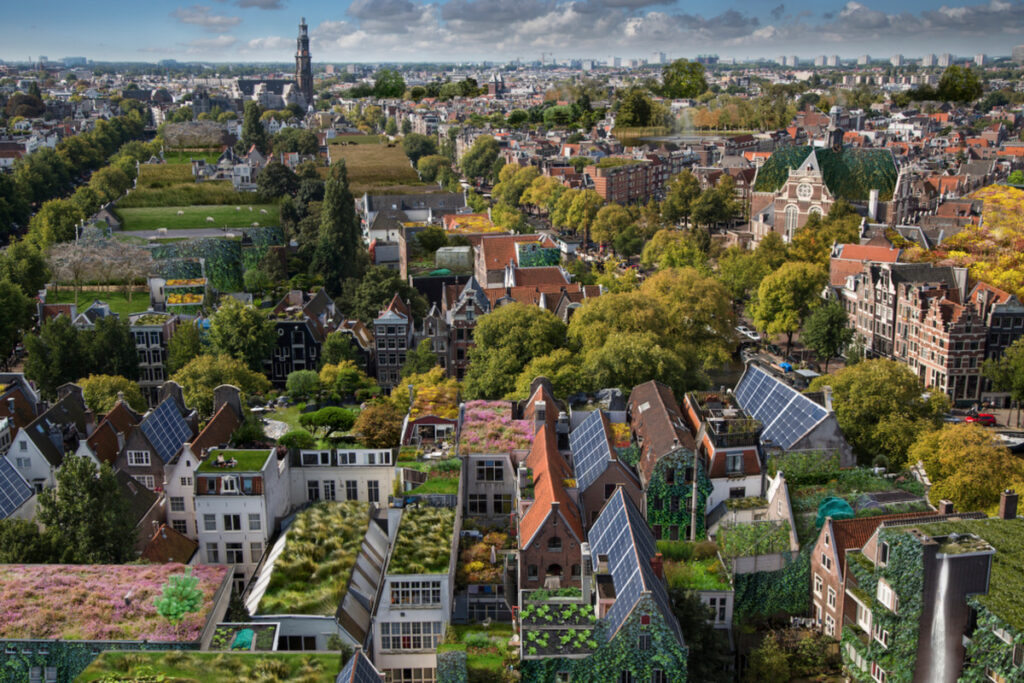
Like many cities, Amsterdam is facing periods of heat and drought in the summer, coupled with extreme storms and flooding in the winter. These threats have pushed the city to adopt a multifaceted and ambitious approach to tackle the challenges posed by climate change. They popular tourist destination aims to have decreased the city’s CO2 emissions by 5 per cent in 2025, 60 per cent in 2030 and 100 per cent by 2050.
Their plan of action for reaching these goals is detailed in the Roadmap for a Climate-neutral Amsterdam in 2050, and includes features such as an increase in floating houses, a distinctive feature of the city, that rise with water levels during floods, ensuring residents’ safety.
Green roofs covered with vegetation, will continue to be a common sight in the Dutch capital. These roofs not only add greenery to the urban cnetre but help to absorb rainwater, reduce urban heat, and improve air quality.
The forward thinking city has also developed water plazas, which are designed to temporarily store excess rainwater during heavy downpours but serve as public spaces when dry, they aslo transform into water storage areas when needed, helping to prevent flooding in the city center.
Amsterdam isn’t just protecting itself from climate change; it’s also setting an example for other cities in the same boat. They’re all about using smart, sustainable solutions to deal with the changing climate while keeping urban life on track.
Copenhagan, Denmark
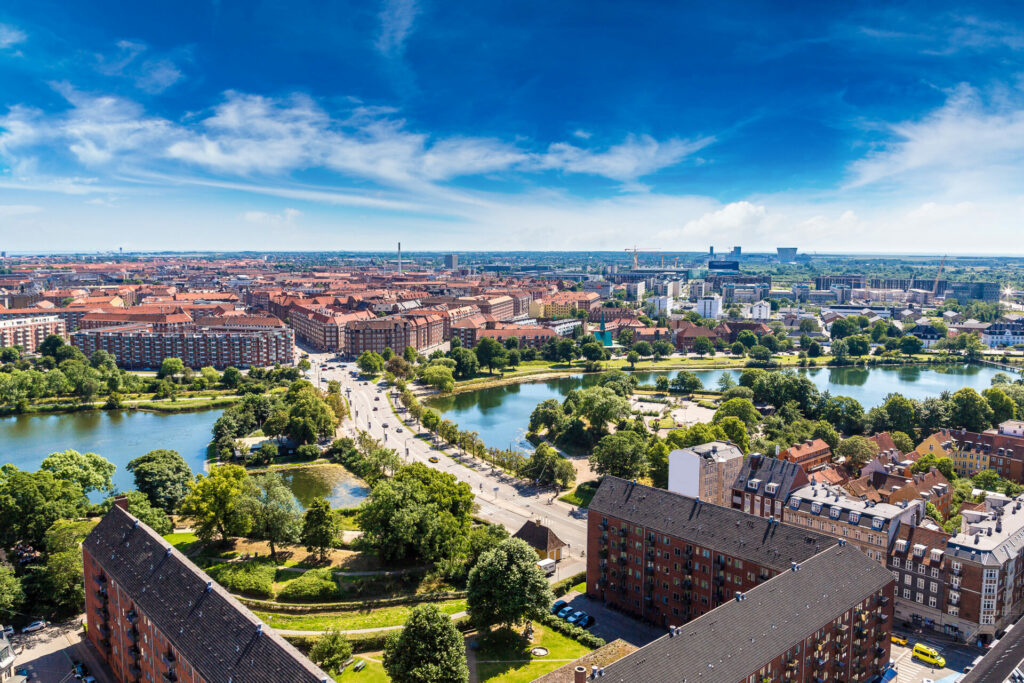
On a summer evening in 2011, six inches of rain fell in less than two hours in the Danish city of Copenhagen. The relentless rain quickly became a deluge, flooding homes, shops and streets; carrying cars down roads on the cascading water; sending sewage seeping into basement properties. At one point, the floodwater lapped dangerously close to a hospital’s generators putting 1400 patients at risk.
This kind of weather disaster – known as a cloudburst – was predicted to happen once in a thousand years in the European city but following the extreme event, weather models showed, for the first time, how global warming had doubled the risk of the historic cloudburst.
This data proved to be a wake up call for Copenhagen with planners quickly working to redesign parts of the Østerbro neighbourhood to include high volume water retention areas to manage stormwater and adding trees for their water purifying benefits. Klimakvarter, the resulting climate-resilient community, became a model for adaptation and has been replicated across Copenhagen, and by climate-concerned city planners around the world.
Meanwhile, Copenhagen has also set its sights set on climate mitigation, pledging to be the first carbon-neutral capital city by 2025. Efforts to reduce the heat-trapping climate pollution accelerating global warming include investment in wind energy, bike-friendly infrastructure and energy-efficient buildings.
Dubai, UAE
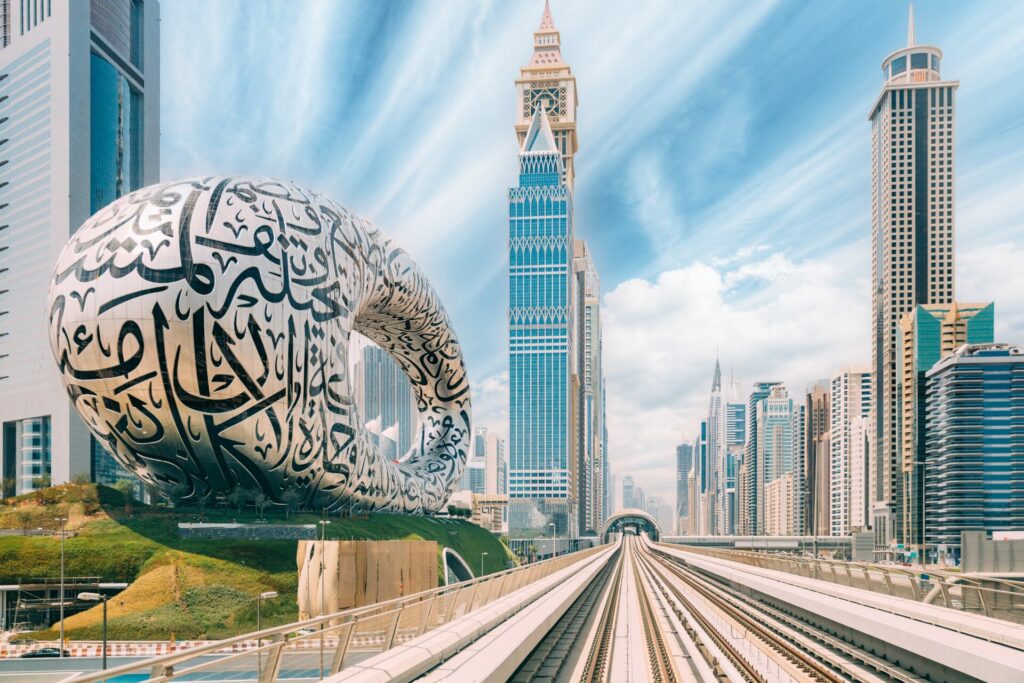
The United Arab Emirates is, according to global risk consulting firm Maplecroft, one of six countries in the world most vulnerable to climate change due to its location and extreme risk of water stress. However, thanks to its abundant resources and a longstanding commitment to economic diversification, the UAE is well-equipped for adaptation.
Operating under the comprehensive framework of the National Climate Change Plan of the UAE (2017–2050) that will see the country reach net zero emissions by 2050, Dubai has been investing heavily in renewable energy sources. The city aims to diversify its energy mix by increasing the share of clean energy in its grid and the emirate now gets 14 per cent of its total 14,517 megawatts capacity from solar power.
Dubai has also been focussing on enhancing freshwater sources, leveraging technology to improve desalination processes – converting seawater into drinking water – and implementing substantial agricultural reforms aimed at minimising water waste. The city also regularly uses cloud seeding to encourage rainfall as it only receives about 100 millimetres a year.
Melbourne, Australia
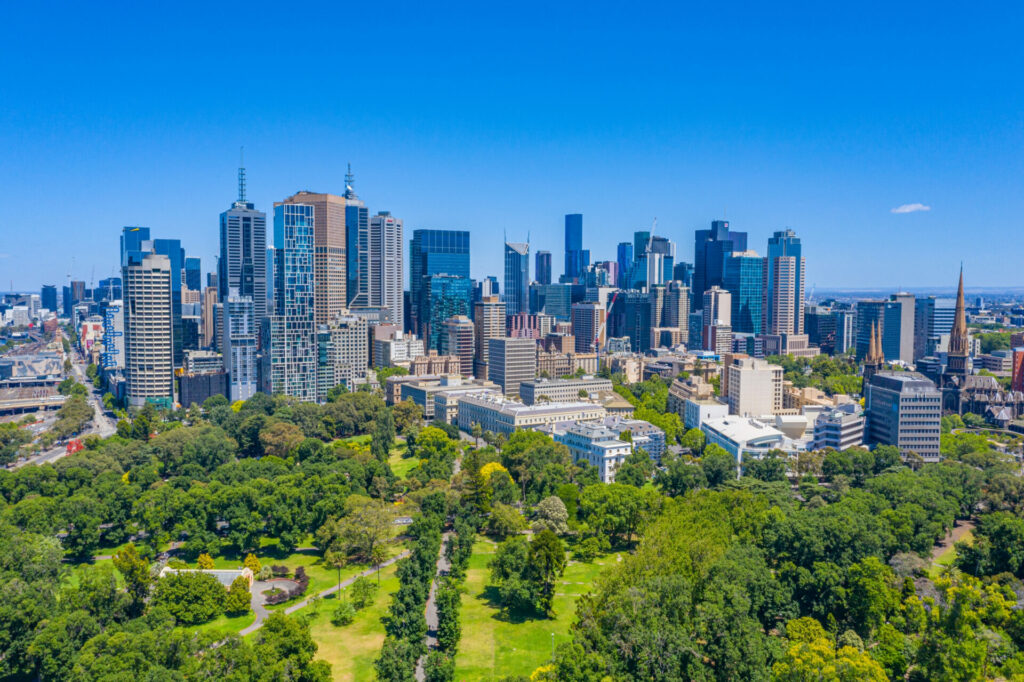
Many weather stations across Australian clocked their highest temperatures ever this July as the country’s winters, miuch like many parts of the world, get hotter. Across the country maximum temperatures were overall about 1.2C above the long-term averages.
Melbourne is combatting rising temperatures through a series of projects including urban cooling initiatives like increasing green spaces, planting trees along streets, and creating urban forests. The city has over 480 parks and reserves, including the Royal Botanic Gardens, which is home to over 8,500 plant species. These green projects provide shade and help reduce the urban heat island effect – a phenomenon where cities experience higher temperatures than rural areas due to human activity and buildings that trap heat.
To address water scarcity issues and ensure a sustainable water supply, Melbourne has invested in water recycling and reuse. This includes treating wastewater to a high standard and using it for non-potable purposes like irrigation, industrial processes, and toilet flushing. This reduces the demand on freshwater sources and enhances water resilience in the face of climate variability.
Residents have acess to a range of sustainable transport options including an extensive tram network, bike lanes, and pedestrian-friendly streets which reduces greenhouse gas emissions and traffic congestion, contributing to both climate mitigation and adaptation.
San Francisco, U.S.A
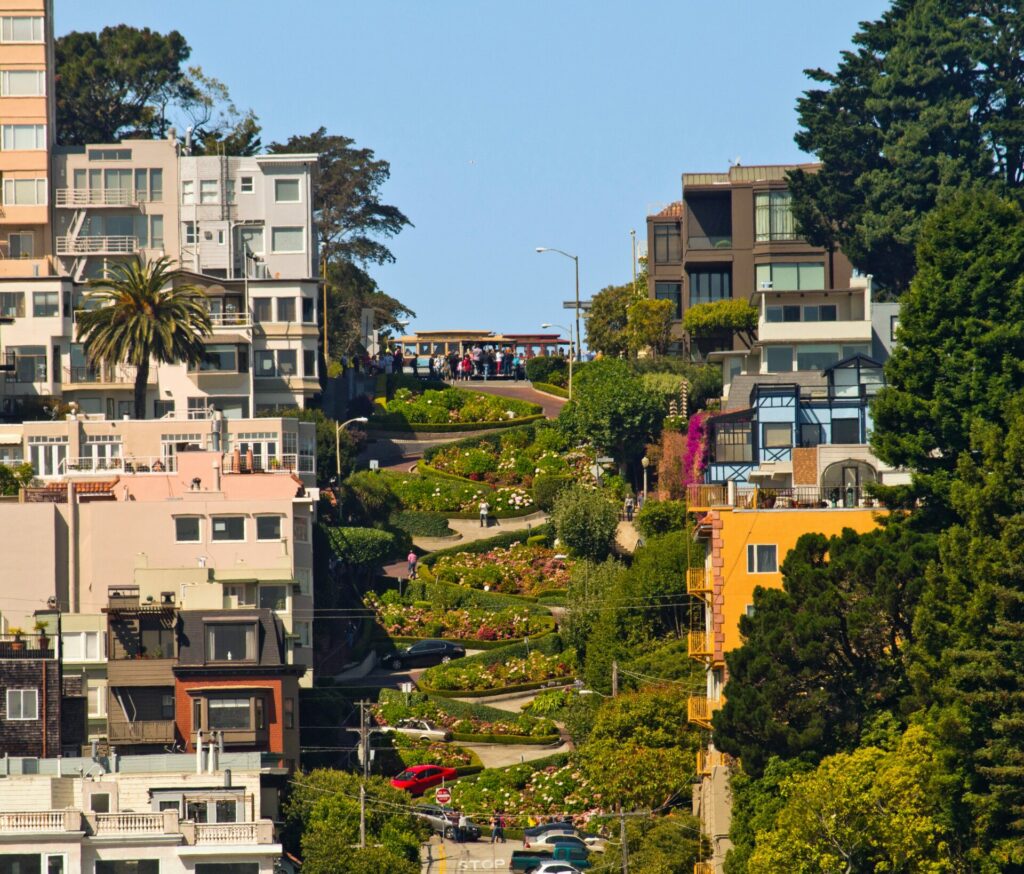
When it comes to climate change, the Californian city of San Francisco has faced multiple challenges in recent years. Rising temperatures, flooding, and toxic air from escalating wildfire events have all impacted the city’s residents.
But California is not one to wither in the face of adveristy. The state is on a mission to achieve 100 per cent clean energy by 2045, and they’re all in on electric vehicles (EVs), offering rebates from $1,000 to $7,500 for the purchase or lease of new, eligible zero-emission vehicles, including electric, plug-in hybrid electric and fuel cell vehicles.
This summer, San Francisco released its Heat and Air Quality Resilience Plan detailing goals to make buildings more resilient to heat and air pollution and plans to invest in green infrastructure.
The city’s Environment Department has also upped its efforts to communicate how climate resiliency plans are already underway and working, with the goal of energising those feeling despondent after a bombardment of bad climate news. A campaign of billboards, print ads, and social media content, offers hope, exhorting: ‘Thanks to you, The Plan is working.’
Singapore
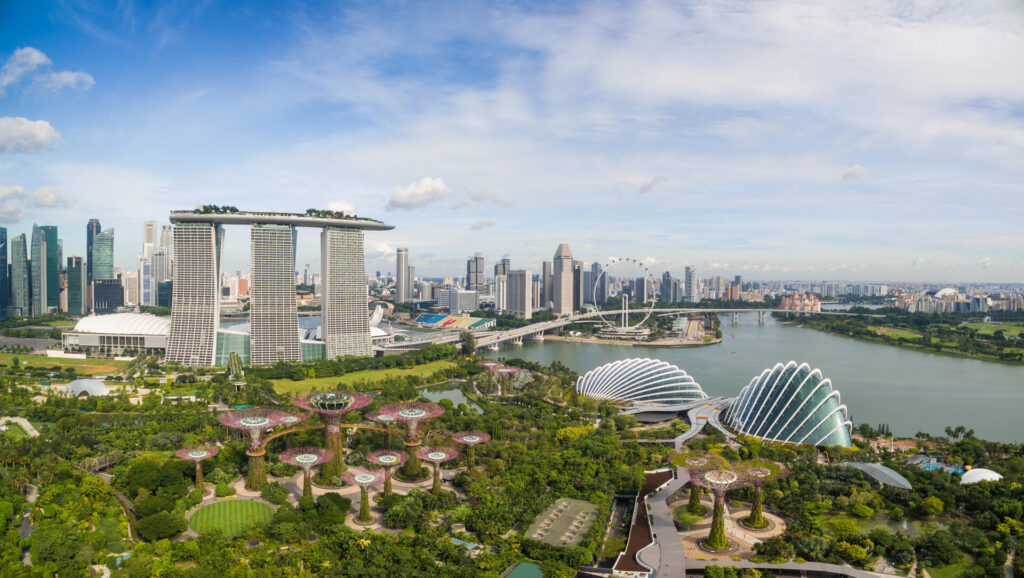
Singapore, a city that has warmed at twice the global average over the past 60 years, has turned to inspiring natural solutions to combat escalating extreme heat.
Urban planners have painstakingly designed city landscapes and buildings for optimal heat-reducing airflow and maximised shade and water vapour through trees, vertical and rooftop gardens and appealing foliage.
But increasing heat is just one of Singapore’s climate dilemmas. With average sea levels forecast to rise by 1 metre by the end of the century, the Southeast Asian island — which has nearly a third of land mass at 5 metres or less above sea level — is also painfully vulnerable to flooding. As a result, Singapore has invested heavily in drainage and advanced water management such as sea walls, tidal gates and waterway restoration.
The race for resilience continues, with Singapore recently opening the Coastal Protection and Flood Resilience Institute, a research facility to explore more long-term solutions to combat rising sea levels.
As Grace Fu, Singapore’s environment minister, said during the opening ceremony: “If we don’t do this well, our lives are at stake.”
Vancouver, Canada
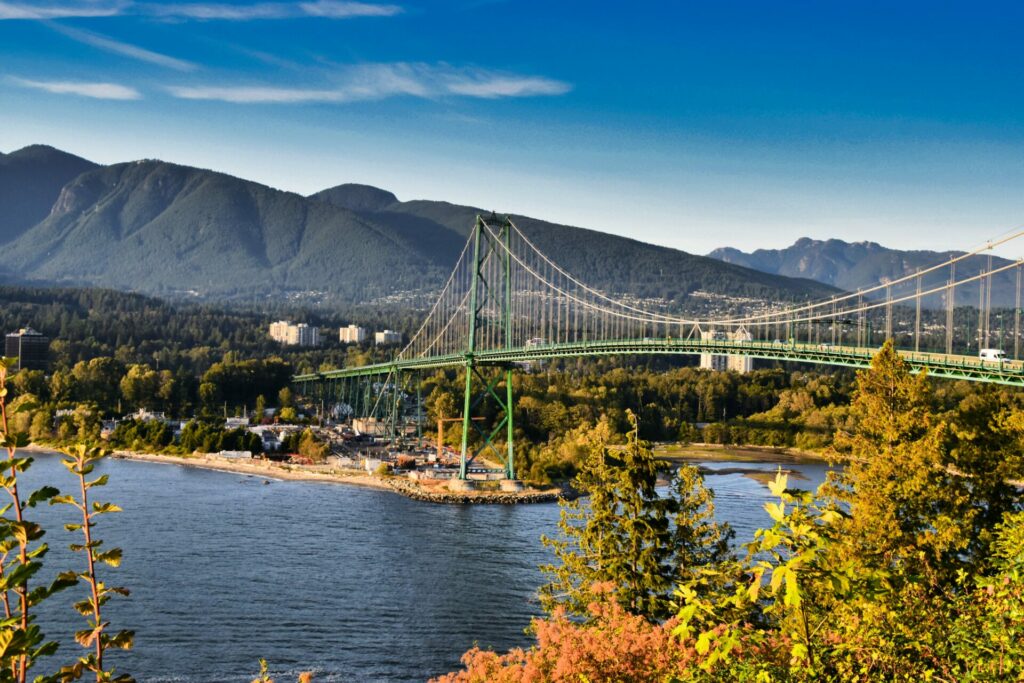
In Vancouver, a June poll found that 94 per cent of residents were concerned about climate change – with good reason. So far this year, 6,118 wildfires have been reported across Canada.
With air quality in the city compromised during the summer, the threat of climate change has been creeping ever closer to home for Vancouver, a city expected to see precipitation, heat and fire events escalate by 2050. Meanwhile, sea level rise is causing an increased flood risk as well as the dilemma of shrinking coastal habitat for birds and fish.
In 2012, the City Council launched a Climate Change Adaptation Strategy to prepare and adapt to climate change. The report, which was updated in 2018, outlines solutions including rainwater management, flood preparedness, and the construction of efficient, climate-resilient new buildings plus investments in electric transportation.
Additionally, natural climate solutions like urban forests, wetlands and kelp forests are being implemented to remove carbon from the atmosphere.













